15 essential pedals for live guitarists
Want to play some gigs but unsure what guitar effects pedals you’ll need? Here's our definitive guide to the pedals you should consider for your ‘board
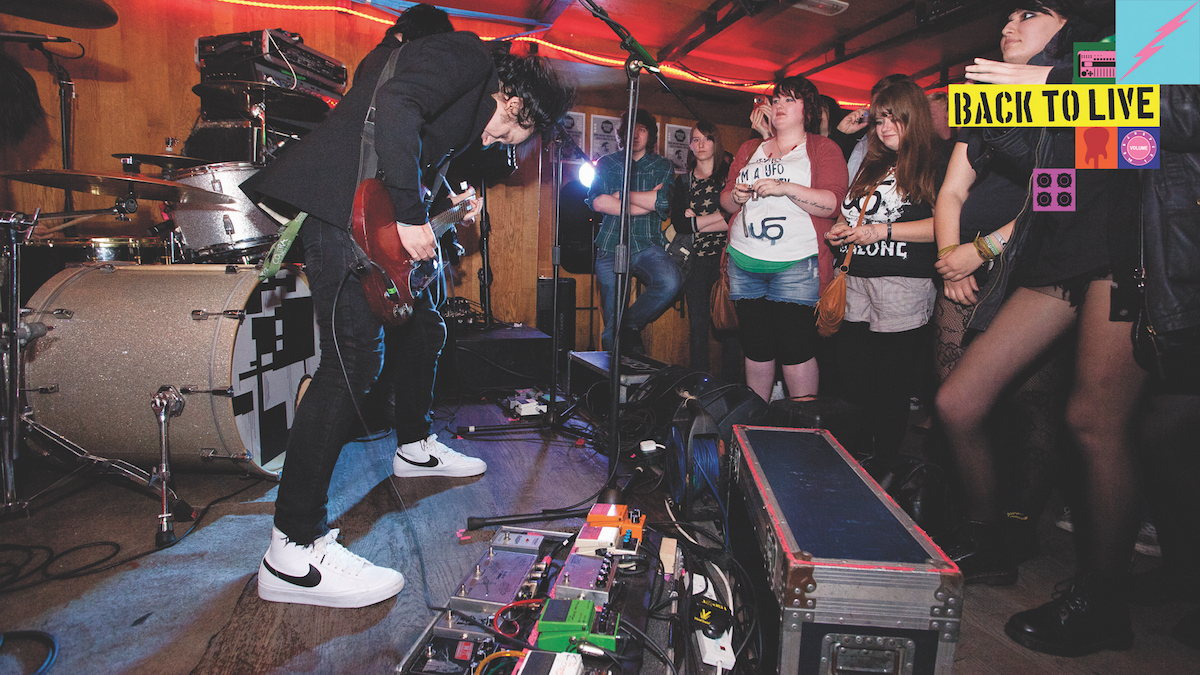
BACK TO LIVE: One of the key considerations for any gigging guitarist is what pedals to use onstage. Whether you’re a seasoned pro or still wet behind the ears, you’ll want to ensure that you’re equipped to deliver the best possible performance. However, with so many pedals to choose from nowadays, it’s easy to feel overwhelmed by your options. That’s why we’ve put together this guide to the best pedals for live guitarists – with recommendations in a number of different categories, and for a variety of scenarios, you should be able to quickly identify the models that will best suit your requirements.
If you are starting out as a live performer, whatever you do don’t let the huge amount of choice put you off. For many of us guitarists, our first gigs were played with just a guitar tuner and distortion; others performed with no pedals at all. So remember – whatever spaceship-sized pedalboards you see online, and no matter what other people say, the songs come first. Just get out there and gig, and work out your gear later!
- On a budget? Load your 'board with our pick of cheap guitar pedals
Just the essentials (2 pedals)
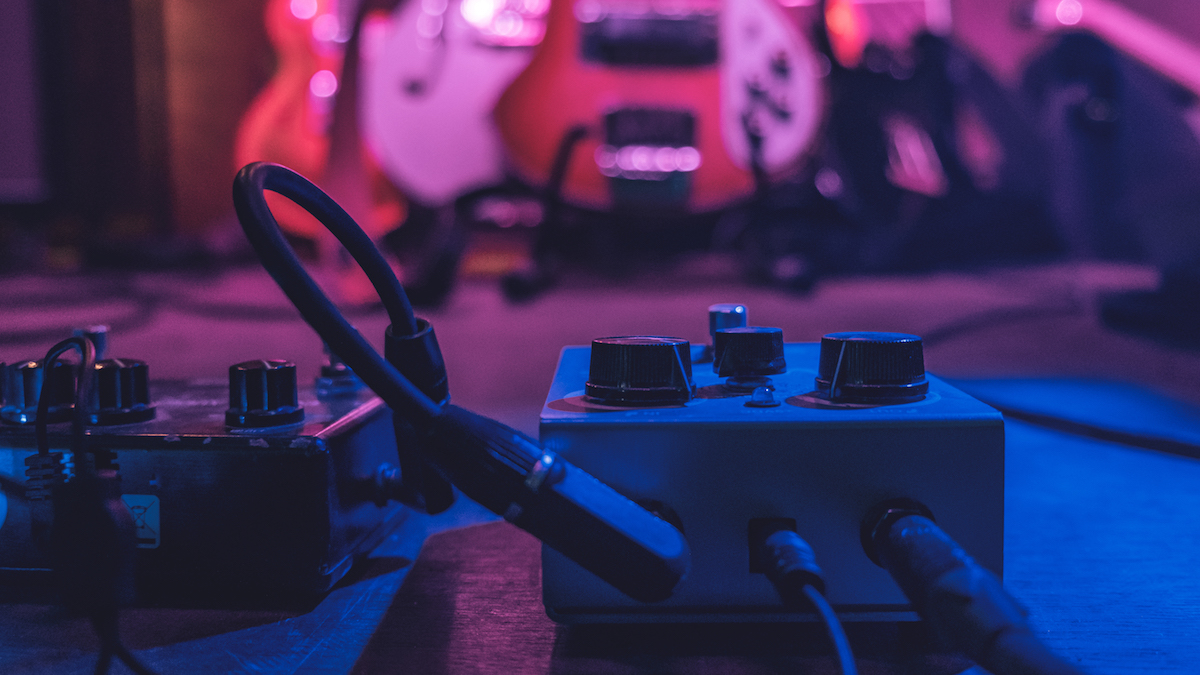
If you’re just starting out on your live music journey, you probably don’t even need a pedalboard. Get a cheap daisy-chain power supply and play with a couple of pedals at your feet. This is what most people do when they take their first steps.
Recommended pedal types
Unless you play music that’s completely clean, the first pedal you’re likely to need onstage is something to give you a bit of overdrive, distortion or boost. If your amp has multiple channels, this might already be sorted – just use the amp channel switcher. Even if you mainly play clean music, a boost pedal could come in very handy. Note that many overdrives can act as boosts – simply turn the gain all the way down.
Other than an overdrive, distortion or boost, the most essential pedal you can take onstage with you is a tuner. Any model made by the leading manufacturers will be accurate enough, so your choice will probably come down to things like the clarity of the display and how large the pedal is. We’ve seen people use clip-on tuners in front of mid-sized crowds, and while they don’t look super-professional, they’re a simple and affordable solution.
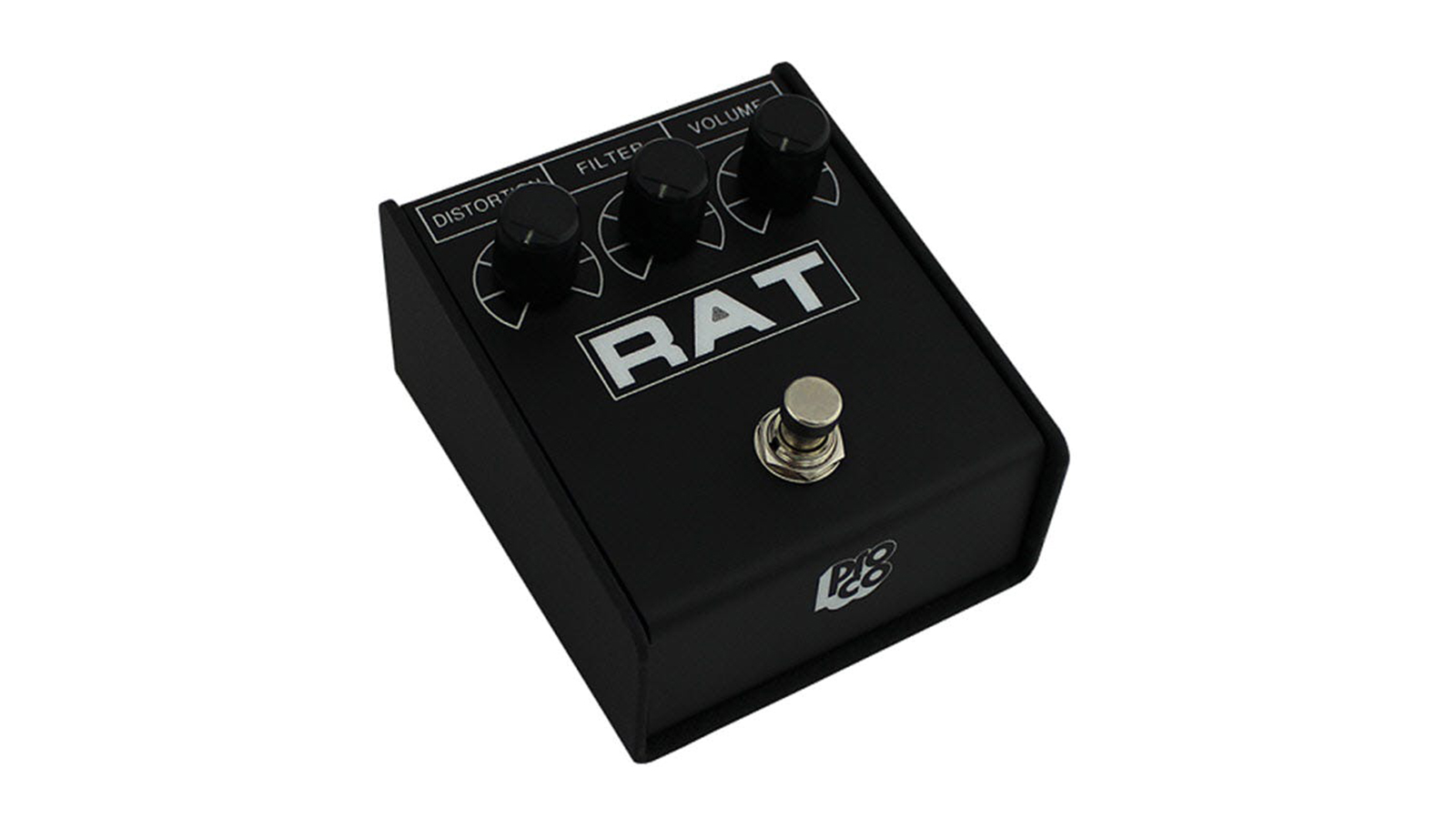
ProCo RAT
Type: Distortion
The ProCo RAT may be synonymous with high-gain walls of noise, but it’s actually a very versatile pedal. It’s got enough volume on tap to be used as a dirty boost, and at lower-gain settings adds a pleasant bit of breakup to otherwise pristine guitar tones. Best of all, it’s rugged and affordable.
Get The Pick Newsletter
All the latest guitar news, interviews, lessons, reviews, deals and more, direct to your inbox!

Ibanez Tube Screamer Mini
Type: Overdrive
There’s a reason why the Tube Screamer Mini has endured for as long as it has. While it might not offer the same level of clipping as an out-and-out distortion box, there’s still more than enough for most players. With the gain turned all the way down, it’s a great boost too, and is often used by metal guitarists to push their amps into greater saturation. However, it’s at mid-gain settings that the Mini works best – it’ll help you to punch through a band mix by emphasizing the guitar signal at around 1kHz, and add grit and bite to your tone.
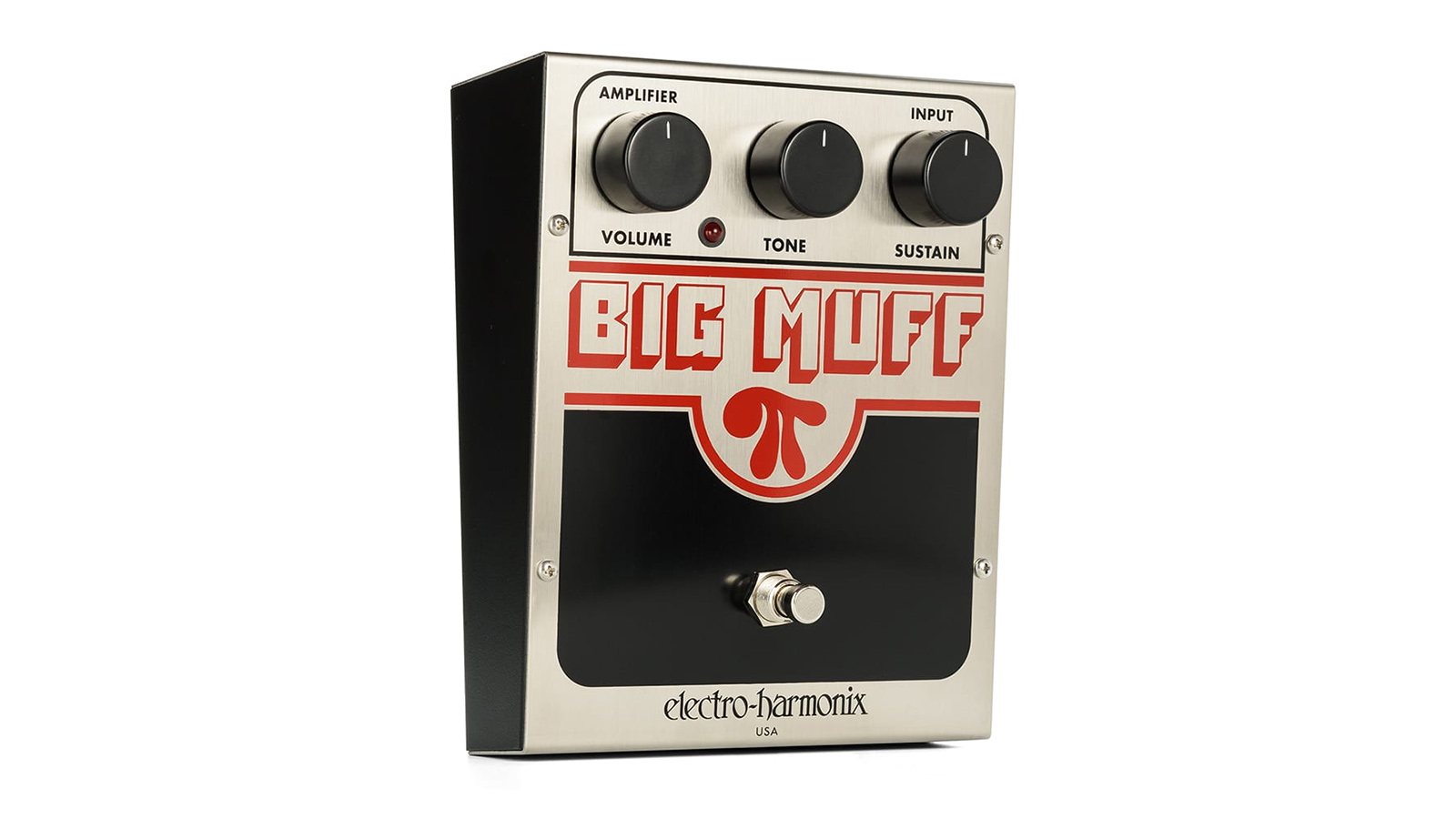
Electro-Harmonix Big Muff Pi
Type: Fuzz
The Big Muff Pi series offers a number of great options for guitarists on a budget. There’s the classic Triangle Big Muff Pi reissue – perfect for those 1970s violin-like leads. There’s the Green Russian Big Muff Pi reissue for Sonic Youth-style gnarly riffs. There’s the Op Amp Big Muff Pi reissue for a Smashing Pumpkins wall of sound. And finally, there’s the modern NYC version for sounding like everyone from Mudhoney to Mogwai.
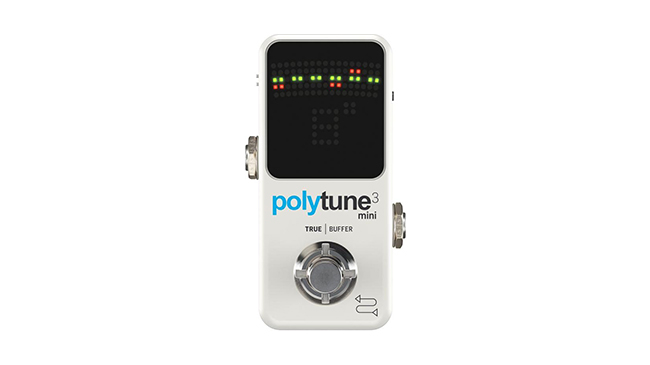
TC Electronic PolyTune Mini
Type: Tuner
There’s not much to say about the PolyTune Mini, other than it’s small and it works. If you prefer the form factor of the Boss units, then the TU-3 or a used TU-2 would make a great alternative.
Your first pedalboard (2-6 pedals)
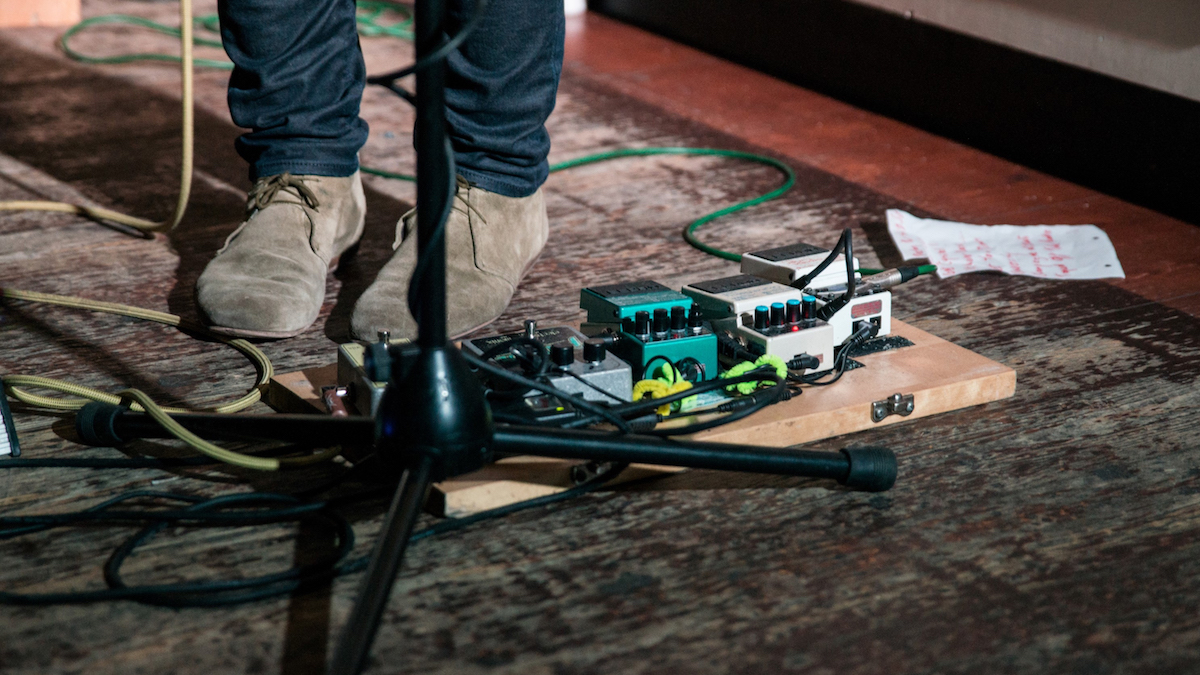
So, you’ve played a few shows and would now like some more sounds to wow the growing crowds. No problem – find a piece of wood or an old shelf and stick some velcro onto it. Now you’ve got your first pedalboard, and you’re ready to add a couple more devices to it.
Recommended pedal types
Once you’ve got your essential pedals, the choices open up. If you’re a psychedelic guitarist, there are endless modulation options to check out. If you’re more of a metal player, then there are other gain stages, distortions and reverbs to explore. Are you in a math or post-rock band? Then reverbs and delays should probably be your next port of call. Shoegazers and indie kids might also want to check out delays, along with fuzzes and choruses.
Modulation is a very personal choice, with some players not needing or wanting it at all. The difference between chorus, flangers and phasers is subtle at times. After all, these three effects all have their roots in analogue tape manipulation. As a result, your best bet is to try each one to work out which is for you. If none fit your sound, then skip modulation and pick up a pitch shifter or wah instead.
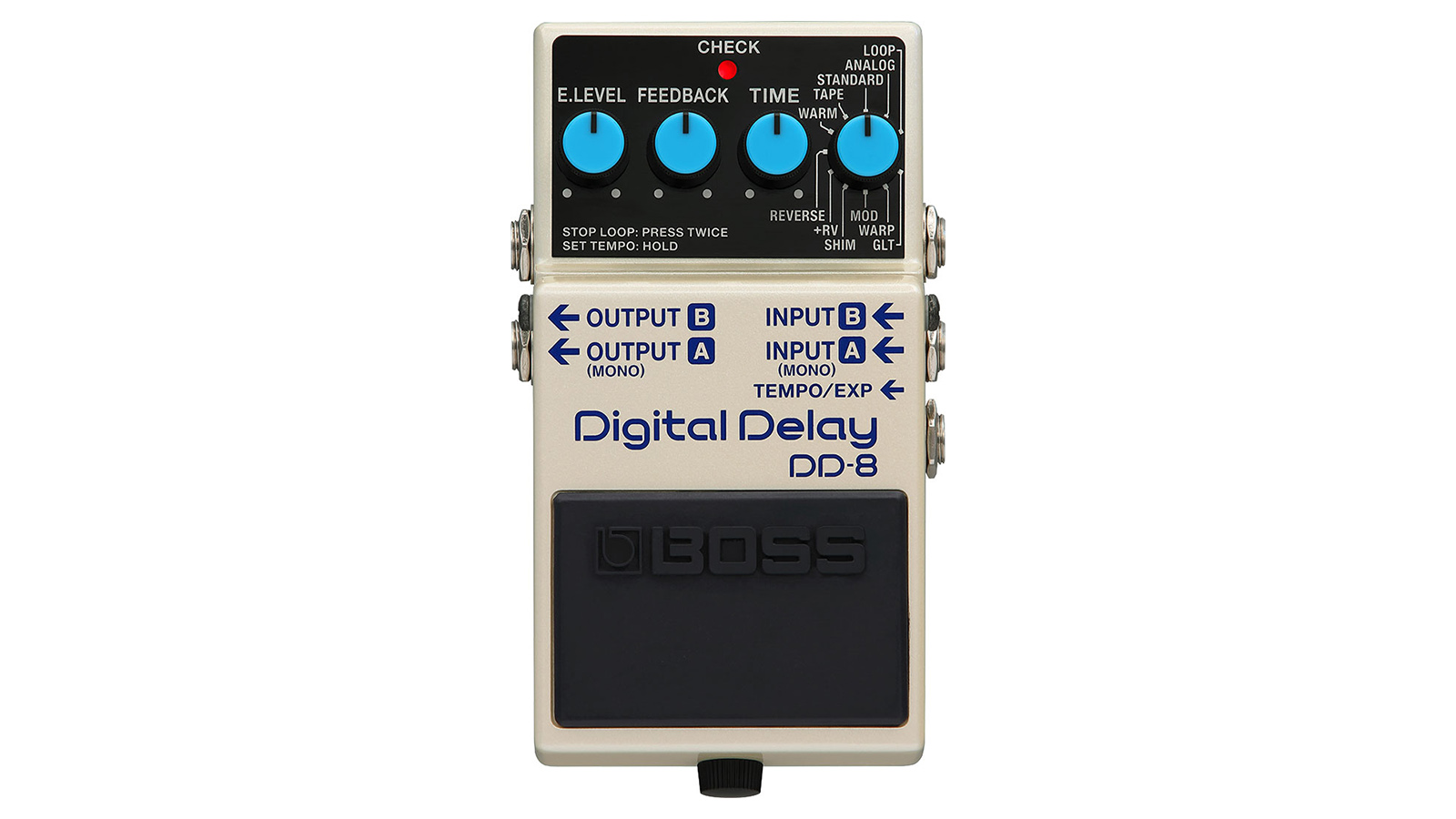
Boss DD-8
Type: Delay
OK, we’re biased with this one, as in the early 2000s we purchased the Boss DD-6 as our second pedal, and it only left our board in 2019 when we bought a DD-500. The successor to the DD-6 and DD-7, the DD-8 is a compact workhorse boasting that signature Boss digital delay sound that always seems to sit perfectly in a mix.
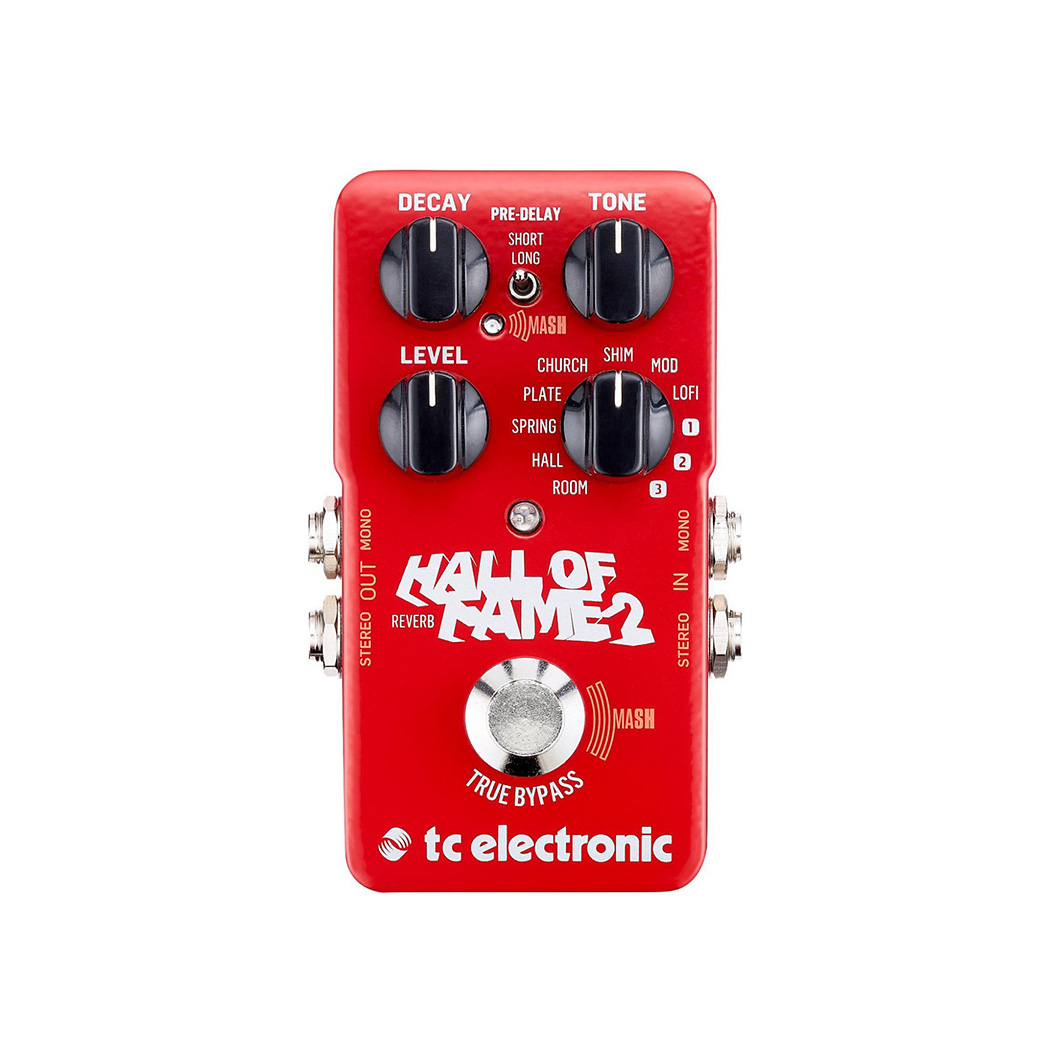
TC Electronic Hall of Fame 2
Type: Reverb
With eight presets and three user banks, the TC Electronic Hall of Fame 2 is a flexible stereo reverb pedal. Using TC’s TonePrint software, you can expand the pedal’s capabilities even further, and it also has a built-in expression pedal in the shape of the MASH footswitch. Despite all the flash, it’s intuitive enough to dial in great sounds using just the factory presets.
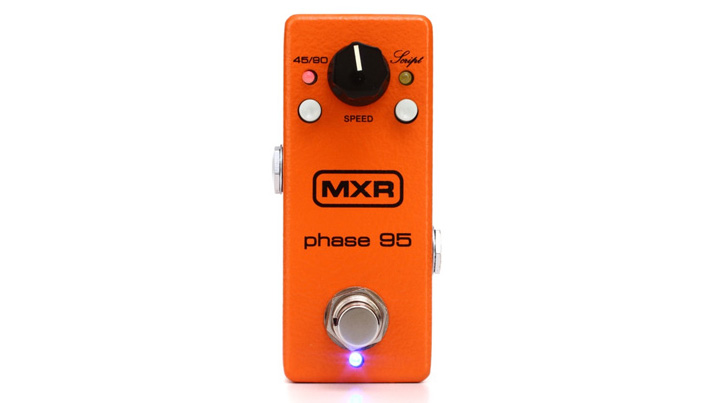
MXR Phase 95
Type: Phaser
MXR’s legendary Phase 90 pedal has been popular among guitarists for generations due to its psychedelic swirl and jet-plane whoosh. The Phase 95 jams both the original ‘script’ Phase 90 and the later block-letter version into a tiny enclosure. It even includes a switch to turn the pedal into its more subtle brother, the two-stage Phase 45.
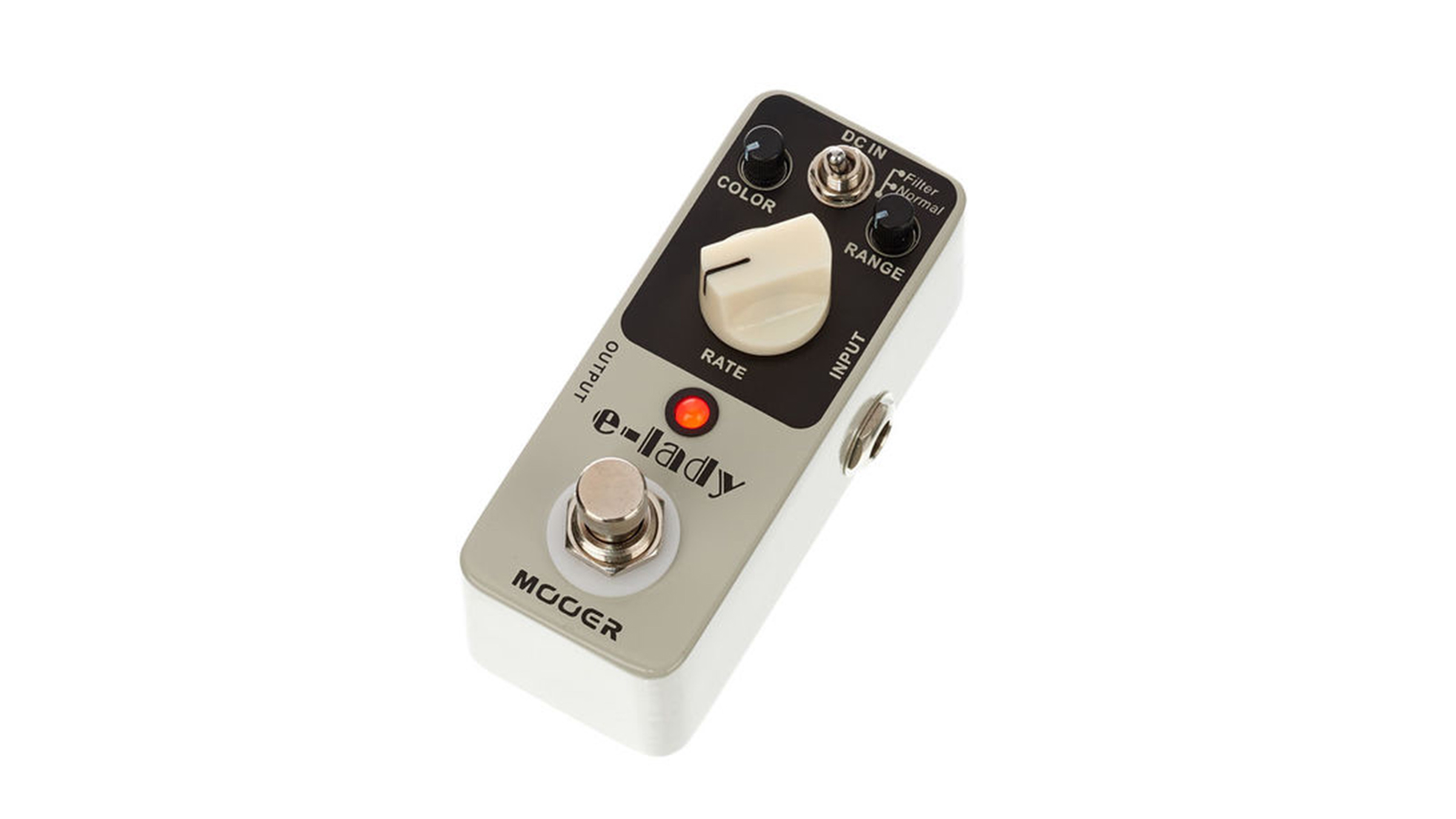
Mooer E-Lady
Type: Flanger
A miniature clone of the Electro-Harmonix Electric Mistress flanger, the E-Lady is a fully analogue pedal that sounds fantastic. If you’re after a vintage-voiced flange pedal at a reasonable price point, then you can’t go wrong with this.
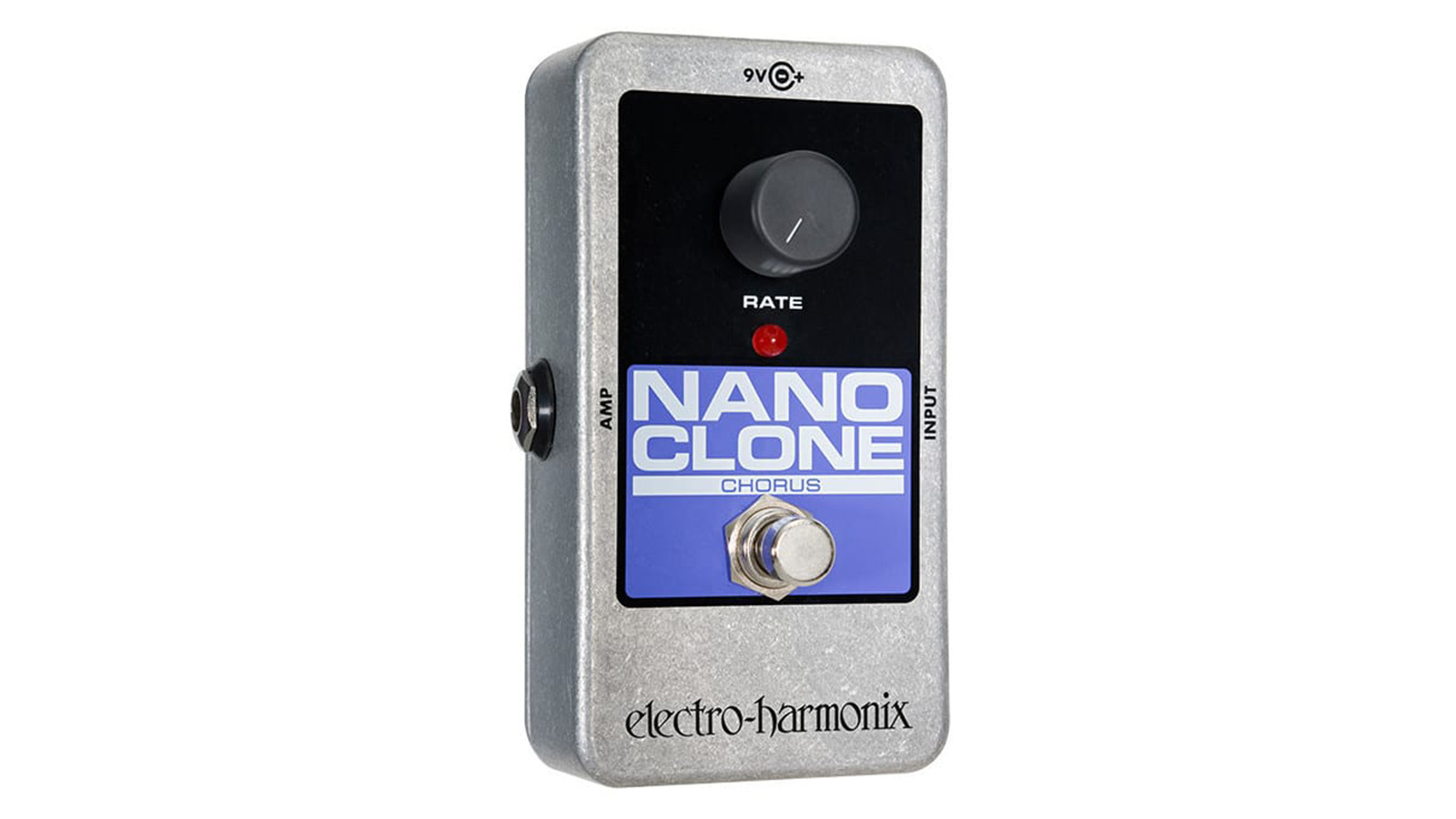
Electro-Harmonix Nano Clone
Type: Chorus
When in doubt, just get what Kurt Cobain had. The Nano Clone analogue chorus pedal is affordable, well-built and sounds brilliant. Its simplicity is its greatest strength.
Tour-grade pedalboard (6-10 pedals)
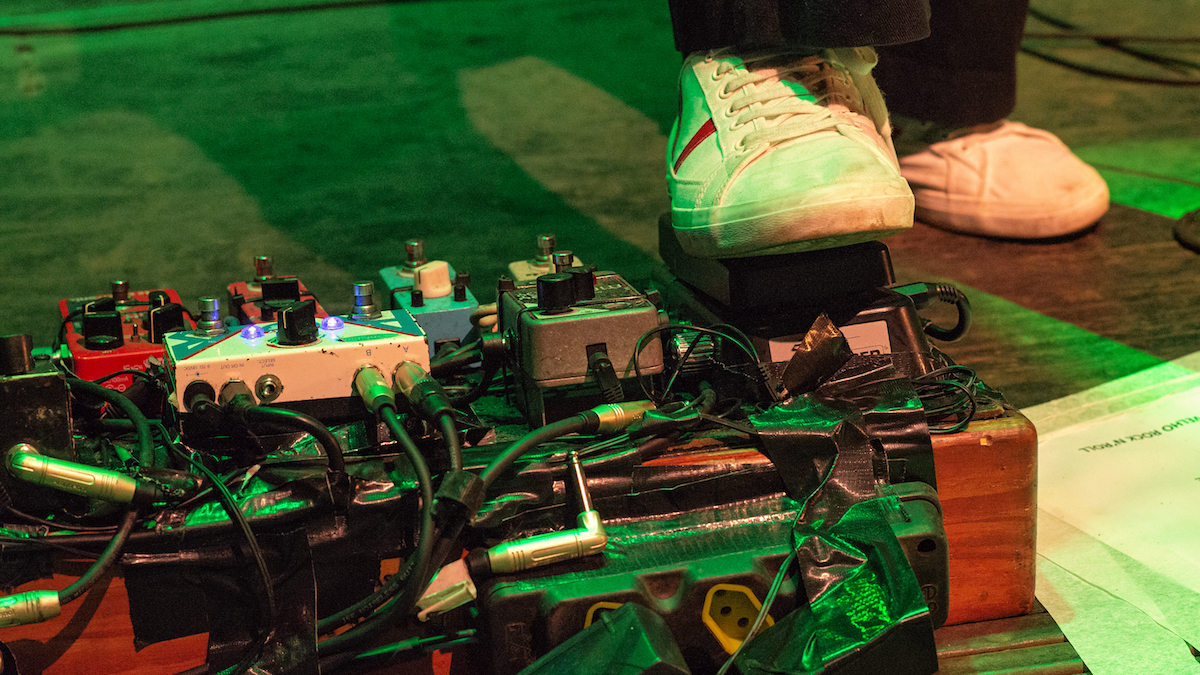
You’ve got the basics down, and you’ve worked out the core of your sound, but carrying around that old shelf is a bit of a pain. It’s time to get a small aluminium rack, such as a Pedaltrain Classic JR, and ditch that cheap daisy-chain for a proper isolated pedalboard power supply. Once that’s done, there will be space for a few more pedals to refine your sound...
Recommended pedal types
The kind of pedals you might add to your expanded board really depends on the style of music you play. Rage Against The Machine guitarist Tom Morello could probably get by with just amp distortion and a DigiTech Whammy. And following a board failure, we once played a show with amp gain, a Whammy and a Boss DD-6.
For genres such as math and post-rock, a pitch shifter is pretty much essential. It opens up additional color and timbres, and gives you the ability to play basslines if you’re in a two-piece band.
Adding a dynamic and expressive effect like a wah to your board will enable you to make unpredictable and intuitive changes to your sound in the moment. The most obvious wah trick is, of course, using it to emphasize parts of a phrase in a solo. However, wahs can also be used ‘parked’ in a fixed position as a filter, or swept slowly to give a phaser-like effect. Here are more ways to get creative with a wah pedal.
Many of the coolest effects are created using digital delay buffers – in a sense, they’re just specialised loopers. But if you’re in a two-piece project, then an actual looper pedal is probably the most useful thing. If you get one with some extra effects such as half-speed, double-speed or one-shots, then it will likely cover your looping needs and weird sounds, too. If you don’t need a looper, then look into an esoteric digital delay. Some can cover such a broad spectrum of sounds that they’re an instrument in themselves.
For clean and low-gain tones, and also for tapping, a compressor is a useful pedal to have. By smoothing out the attack and boosting the release and decay of your guitar signal, it’ll give you a more consistent sound. Bear in mind, though, that compressors can have side effects – for example, bringing up the volume of reverb tails.
Once you’ve got ten pedals on a board, it’s likely that your noise level will increase, depending on your setup. The first thing you should look at to help with this is a proper isolated power supply. Once that’s dealt with, a noise gate – particularly for high-gain tones – could be a worthwhile investment.
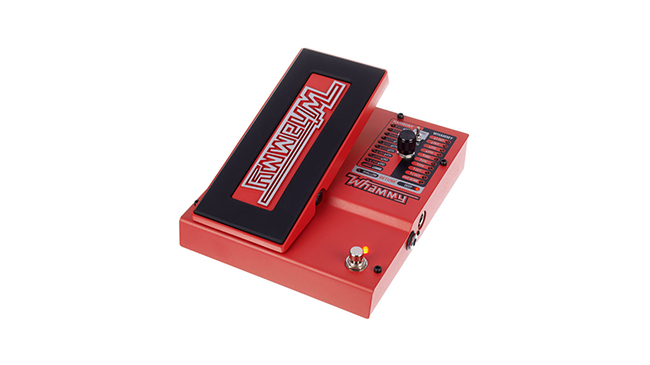
DigiTech Whammy V
Type: Pitch shifter
The Whammy V features a classic mode that covers the sounds of the Whammy I-IV pedals, along with a polyphonic mode, which tracks better when playing chords. For us, most of the Whammy’s charm lies in its glitchy, weird tracking – though others beg to differ. Beside its pitch-shift modes, it has loads of harmonizer intervals available. And there are also chorus, drop-tune and dive-bomb settings, all of which combine to make it one of the deepest pedals you can buy.

Dunlop Cry Baby
Type: Wah
The Cry Baby may have its issues – the voicing won’t be for everyone, and it can result in ‘tone suck’ – but it’s the most popular wah pedal for a reason. If you’re looking to introduce some wah into your set, this was probably the one used on your favorite records, so it’s a great place to start.
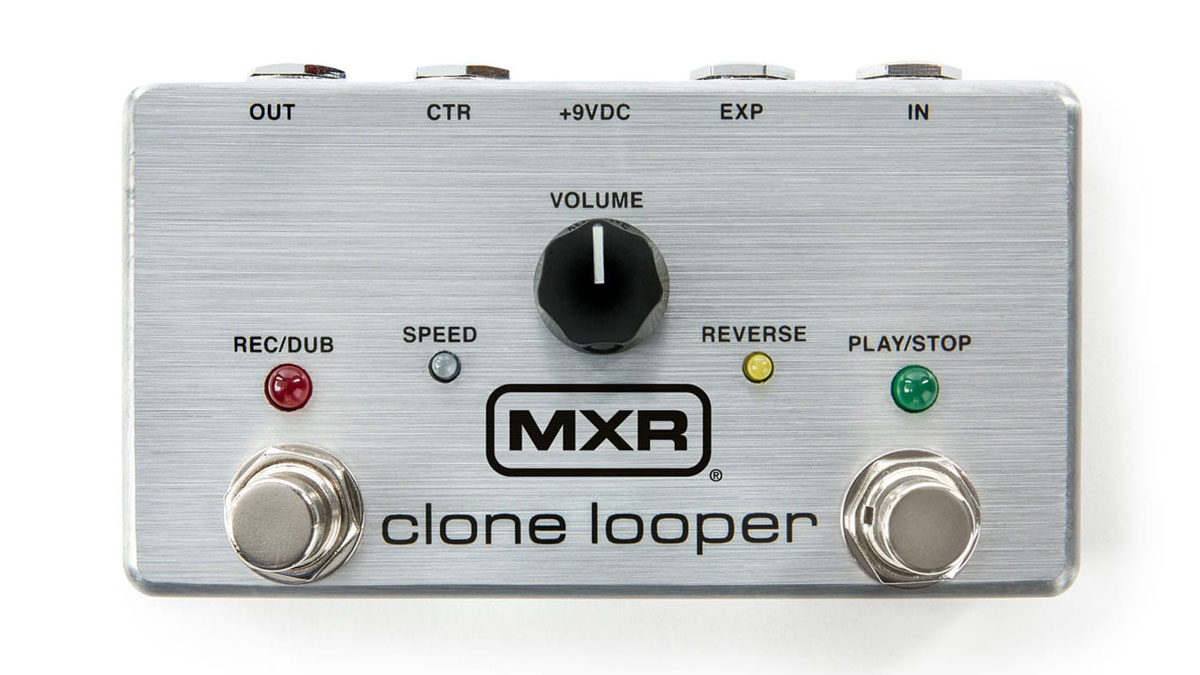
MXR Clone Looper
Type: Looper
The Clone Looper is both a powerful looper and a sound-design wildcard pedal. Beside the looper, it gains additional modes when paired with its extension footswitch. The one-shot feature this footswitch unlocks puts it head-to-head with the original looper’s best friend, the Line 6 DL4 delay.
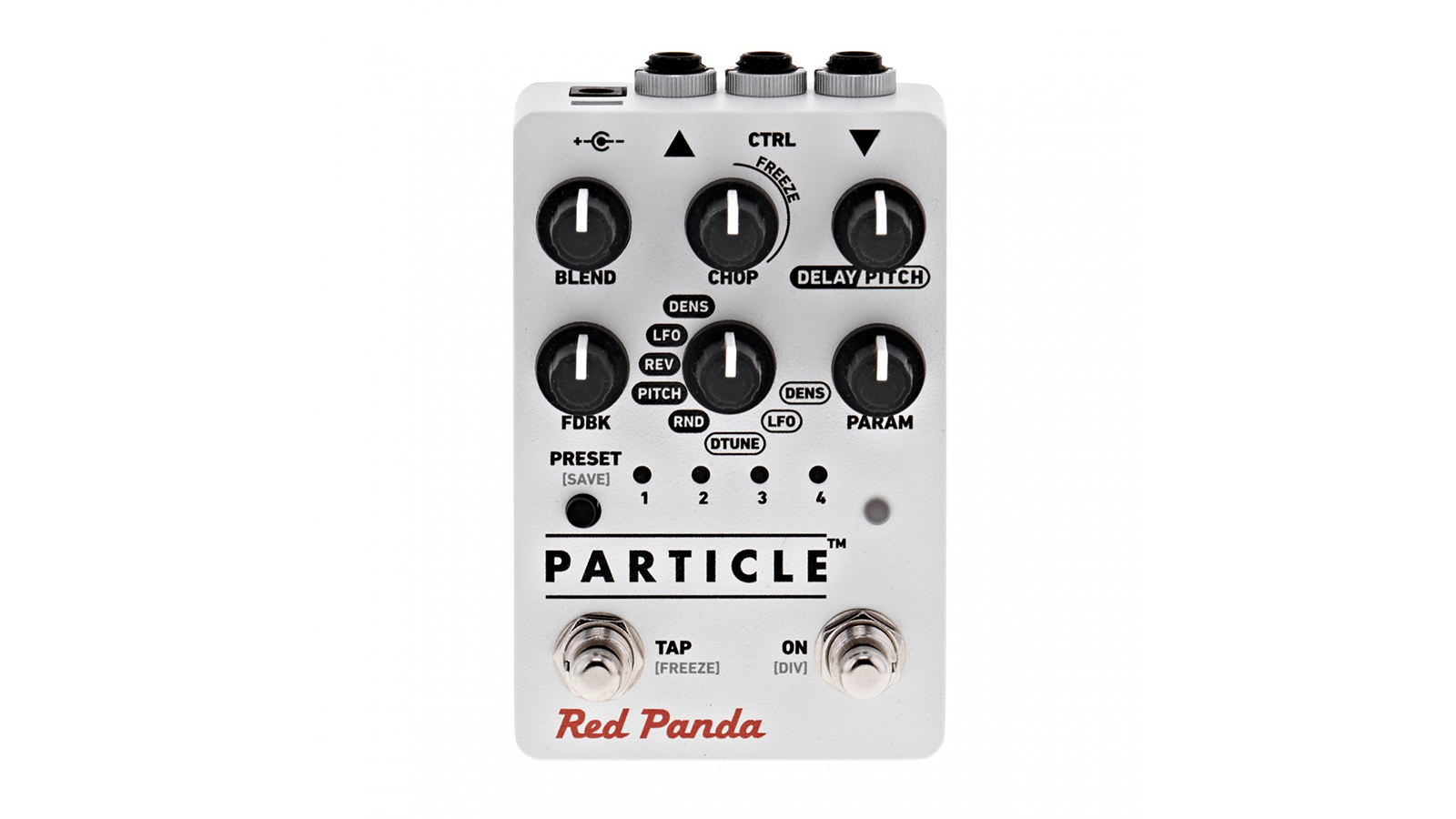
Red Panda Particle 2
Type: Weirdo delay
The Red Panda Particle 2 is unique in that it applies the principles of granular synthesis to guitar. This means you get a plethora of modes that allow for dynamic manipulation of the input: Geiger-counter-like delays; time warping; stretching and freezing. It’s not going to suit every player, but used right it can create unique sounds and timbres. If you want a pedal that makes your guitar sound as little like a guitar as possible, then the Particle 2 is a great choice.
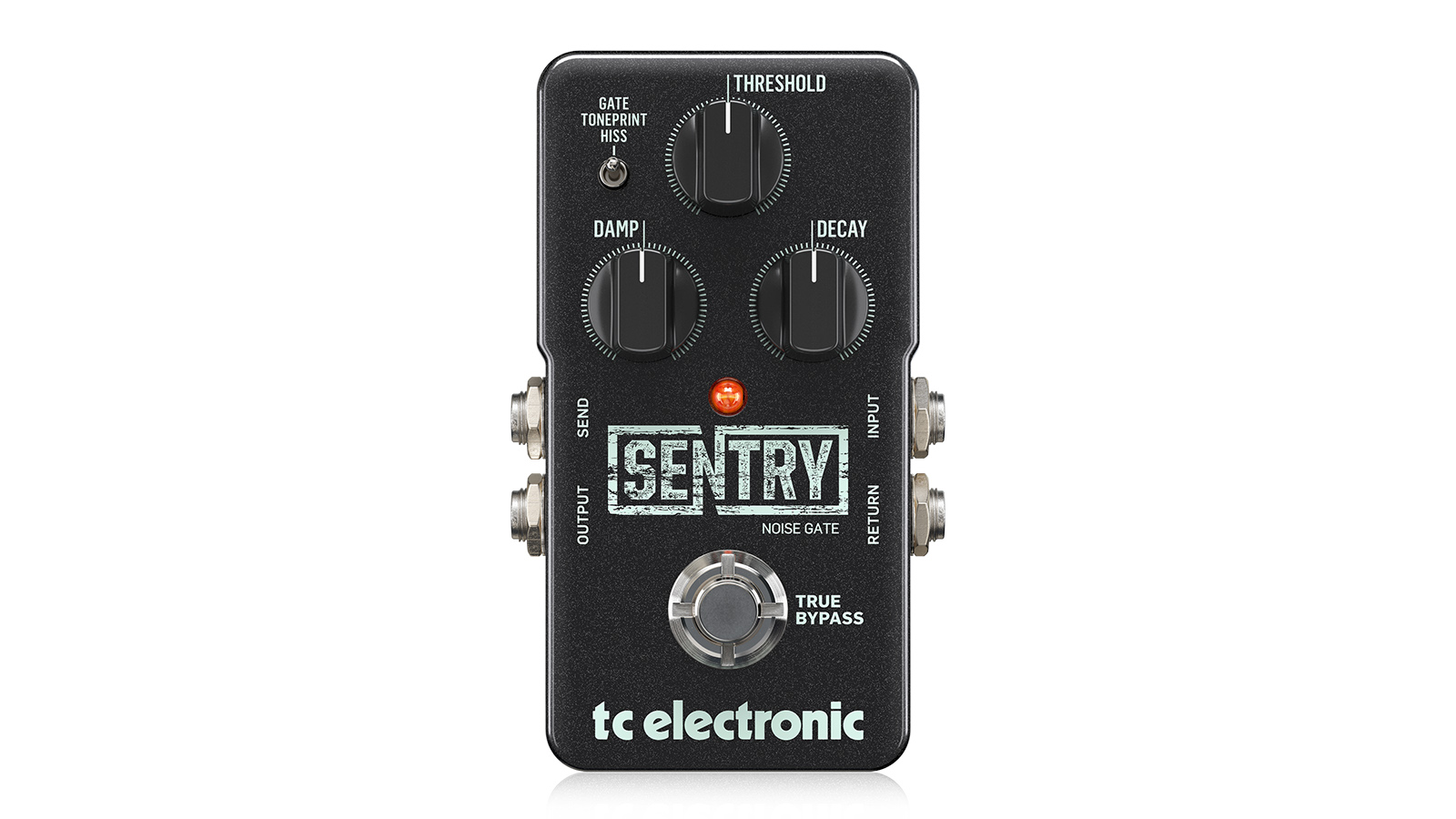
TC Electronic Sentry Noise Gate
Type: Noise gate
With the Sentry, TC Electronic has crammed some of its studio experience into a compact pedal. Alongside all the usual features you’d expect from a noise gate, it’s got a three-band mode, meaning it’s more flexible in terms of triggering and gating based on a specific problem frequency.
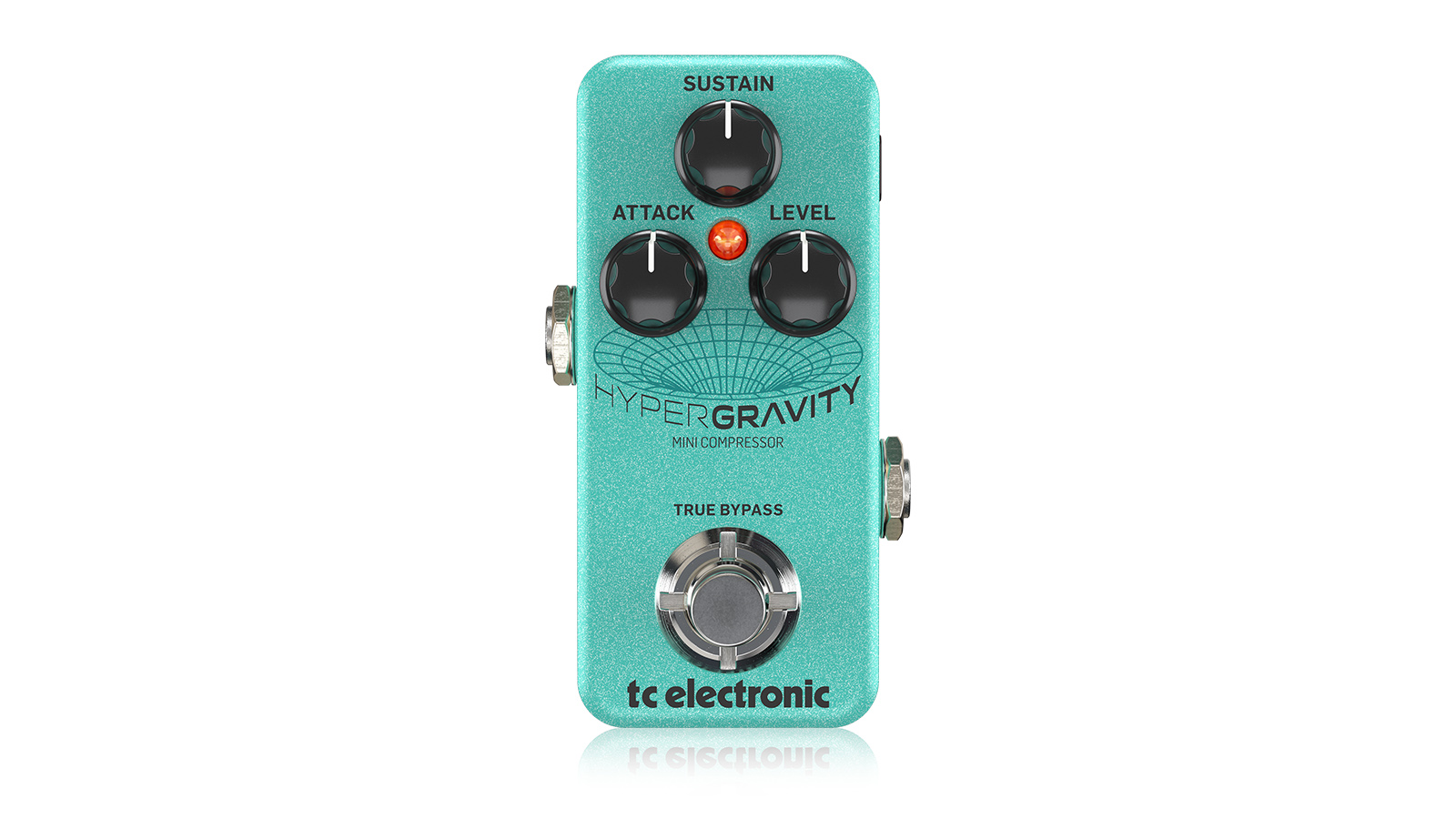
TC Electronic HyperGravity Mini Compressor
Type: Compressor
Another TC Electronic utility pedal that benefits from the manufacturer’s studio experience is the HyperGravity. It’s a multi-band compressor that uses the same MD3 algorithm as TC’s System 6000 series. Once dialled in, it's ‘set-and-forget’ – and, like most TC pedals, it also has TonePrint software available should you want to tweak further.
Alex Lynham is a gear obsessive who's been collecting and building modern and vintage equipment since he got his first Saturday job. Besides reviewing countless pedals for Total Guitar, he's written guides on how to build your first pedal, how to build a tube amp from a kit, and briefly went viral when he released a glitch delay pedal, the Atom Smasher.
“Every tour was the best I could have done. It was only after that I would listen to more Grateful Dead and realize I hadn’t come close”: John Mayer and Bob Weir reflect on 10 years of Dead & Company – and why the Sphere forced them to reassess everything
“Last time we were here, in ’89, we played with Slash on this stage. I don't remember what we did...” Slash makes surprise appearance at former Hanoi Rocks singer Michael Monroe's show at the Whisky a Go Go


![John Mayer and Bob Weir [left] of Dead & Company photographed against a grey background. Mayer wears a blue overshirt and has his signature Silver Sky on his shoulder. Weir wears grey and a bolo tie.](https://cdn.mos.cms.futurecdn.net/C6niSAybzVCHoYcpJ8ZZgE.jpg)

![A black-and-white action shot of Sergeant Thunderhoof perform live: [from left] Mark Sayer, Dan Flitcroft, Jim Camp and Josh Gallop](https://cdn.mos.cms.futurecdn.net/am3UhJbsxAE239XRRZ8zC8.jpg)






